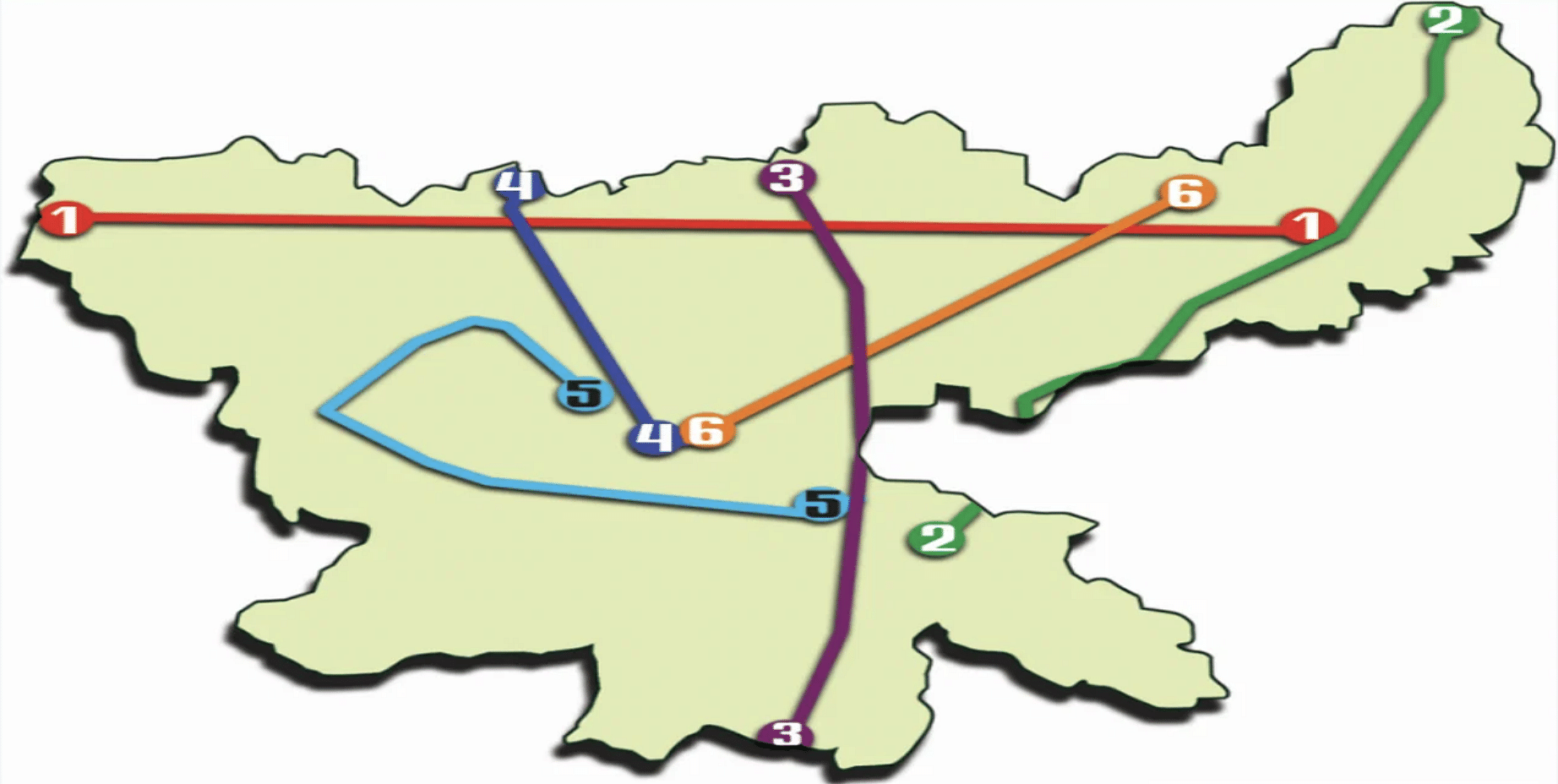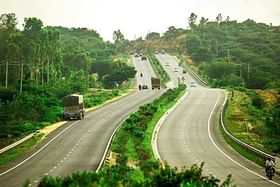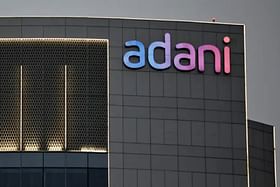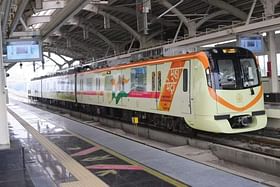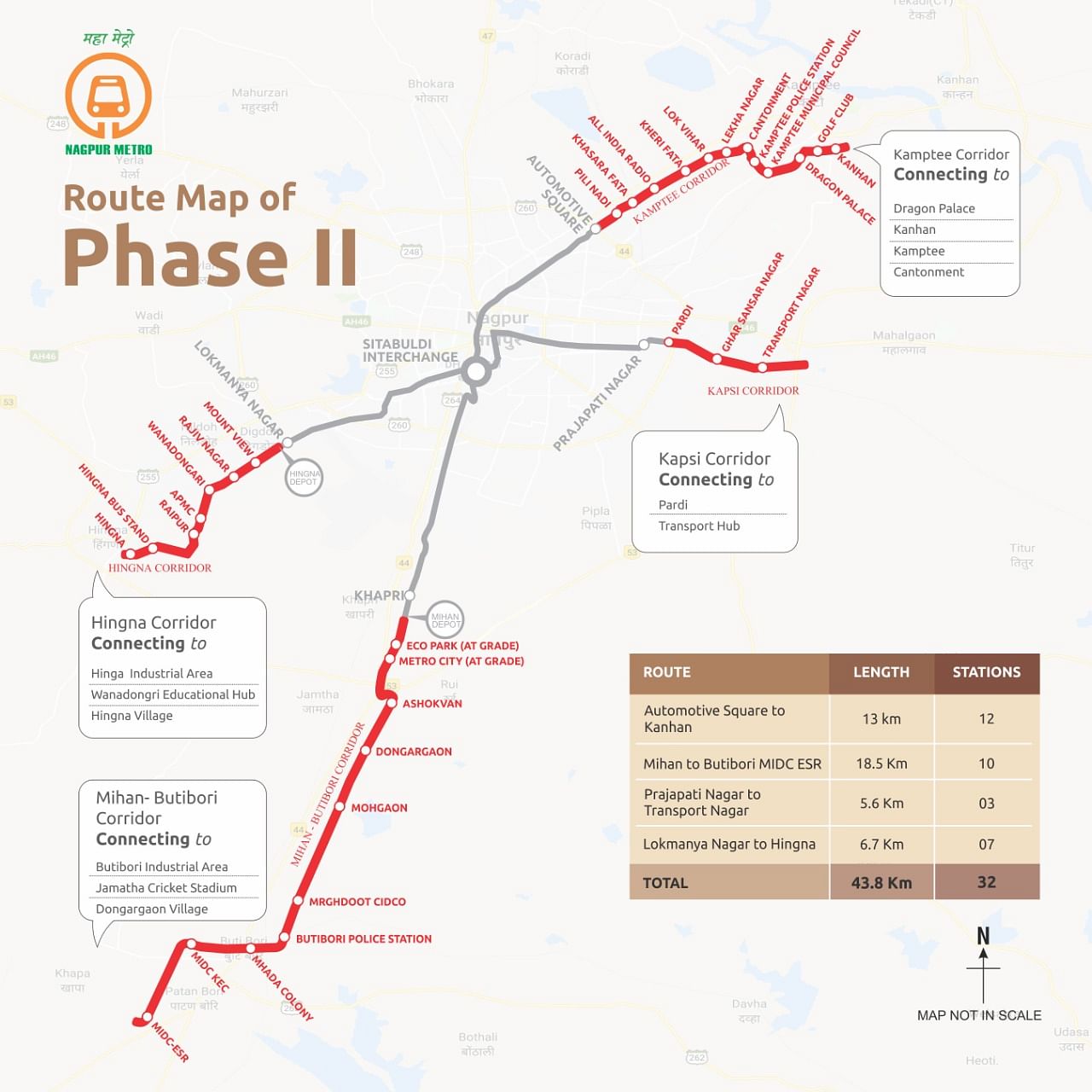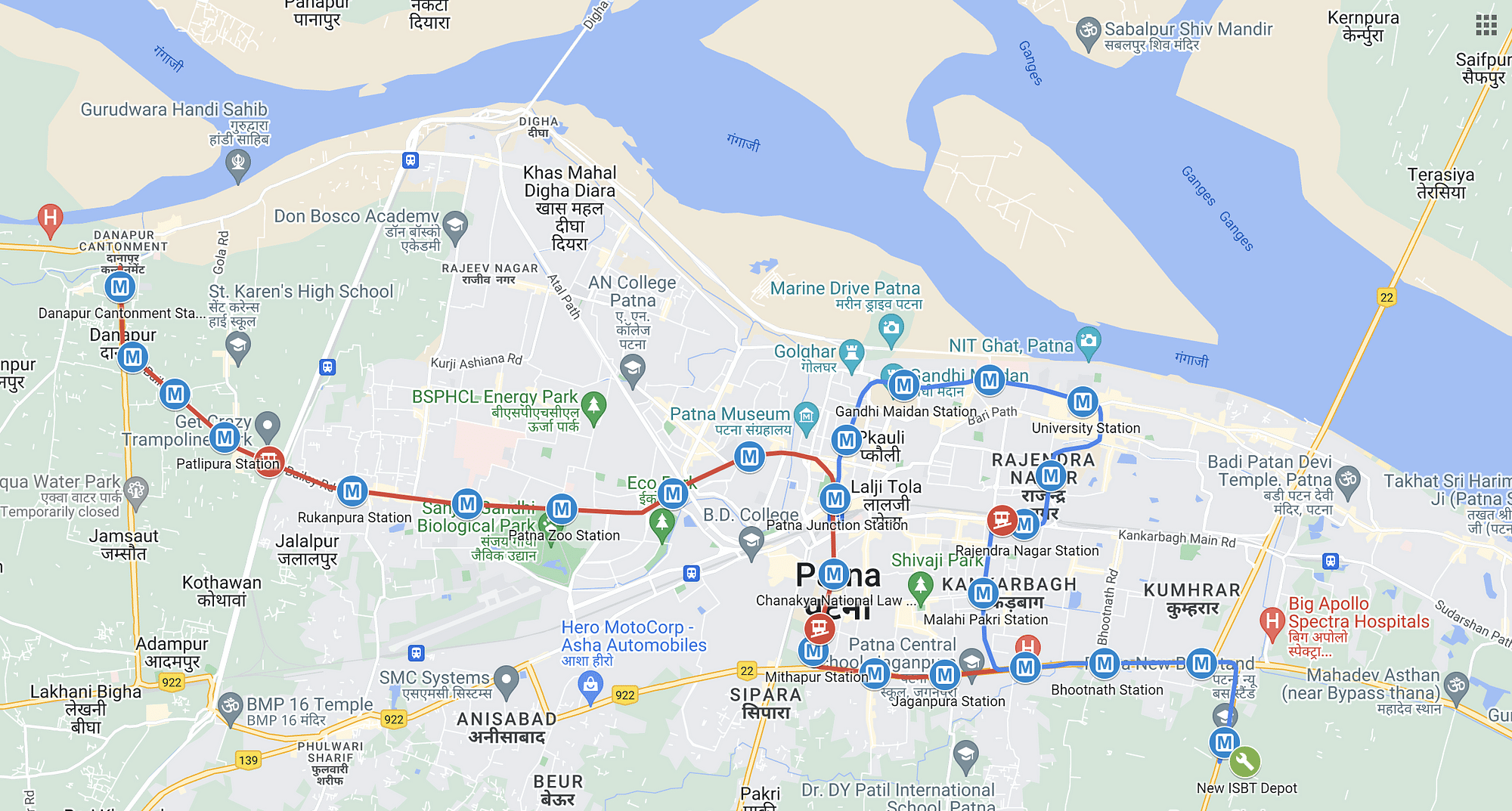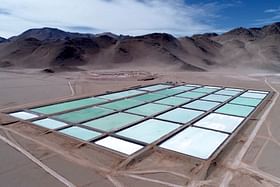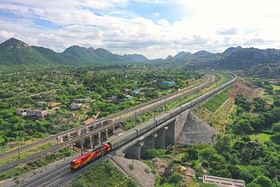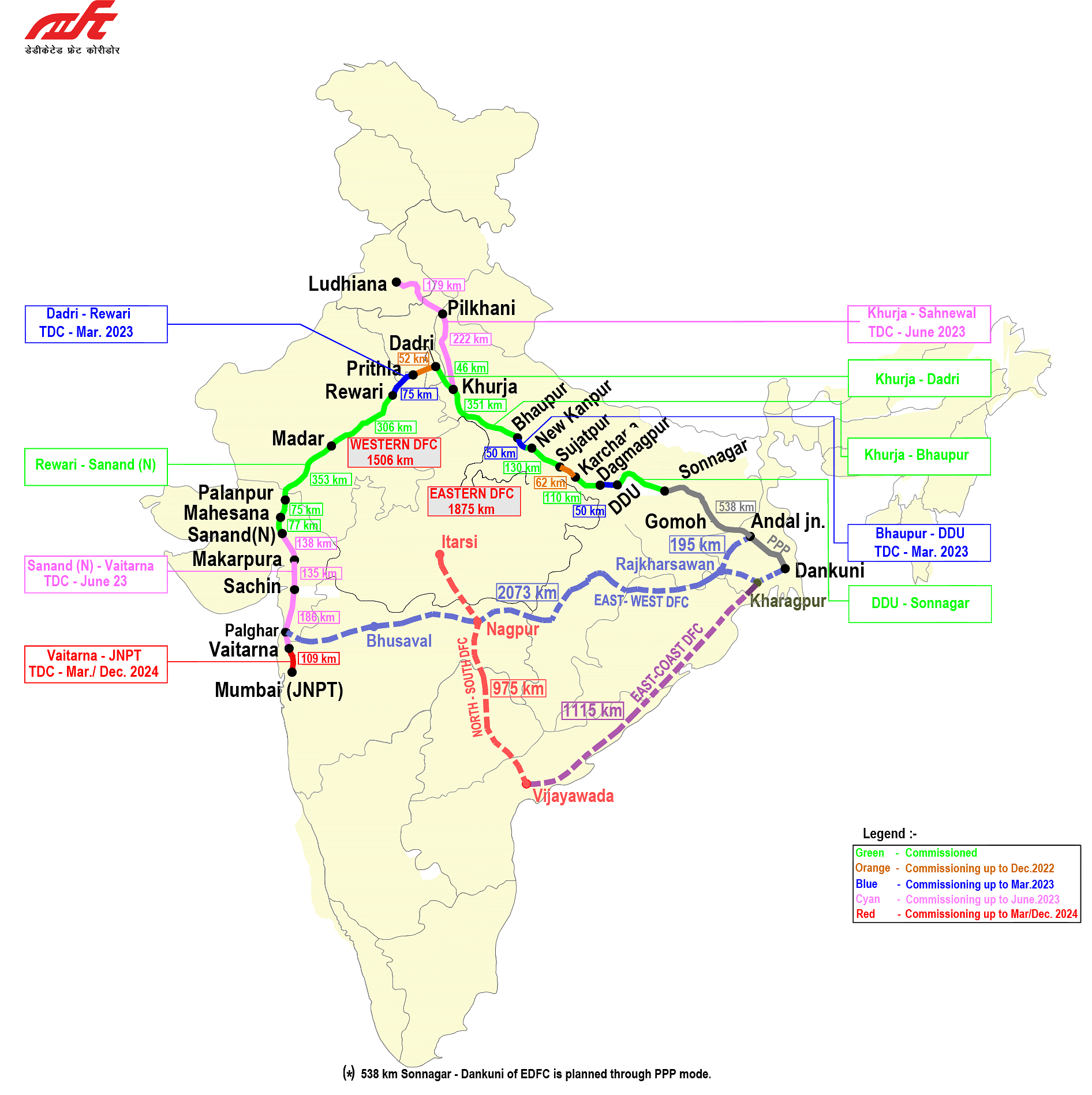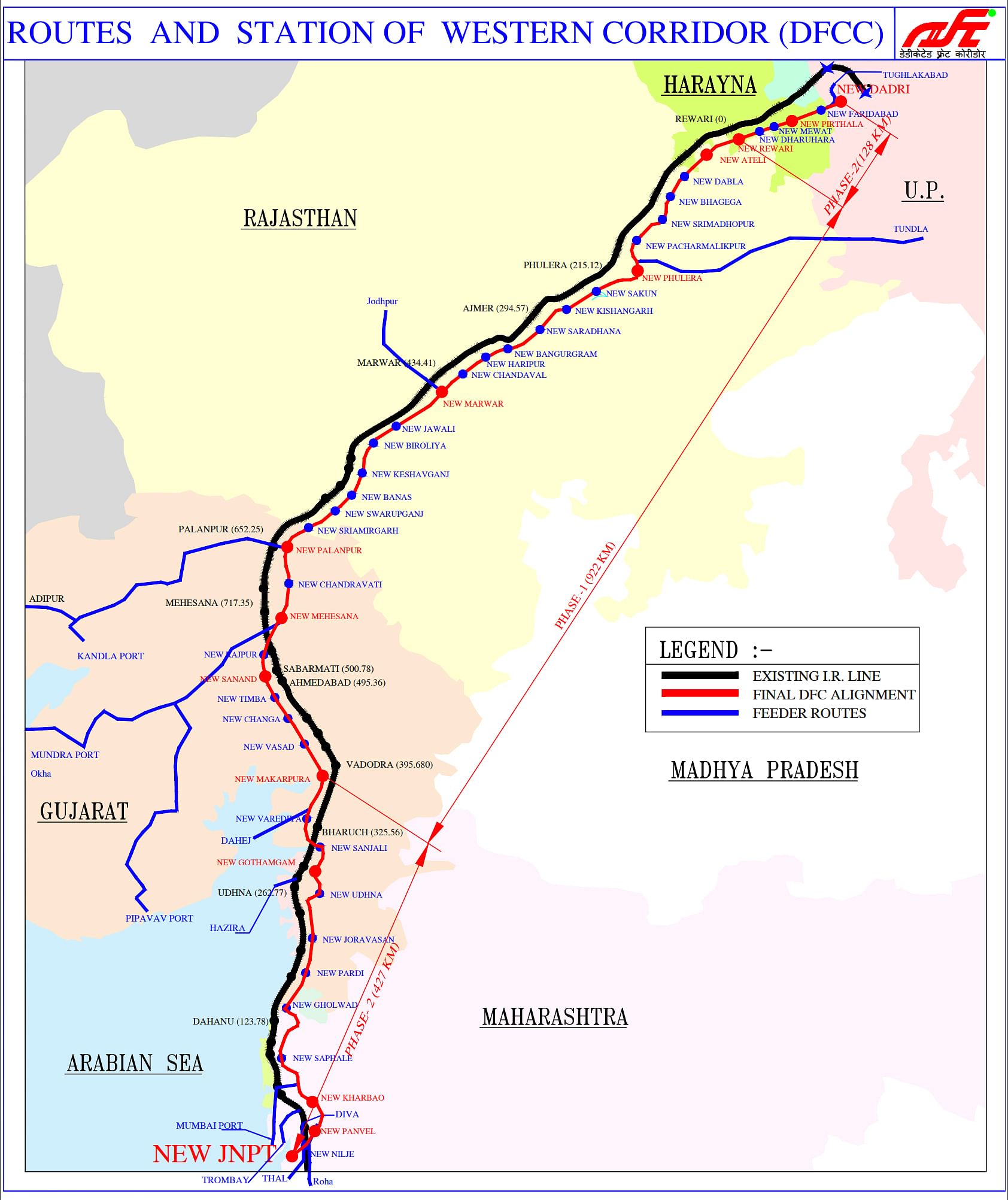The current stock market sentiment towards the Adani Group will now force the group to raise high-cost debt or scale back its ambitious expansion plans.
Ports-to-energy conglomerate Adani Group has halved its revenue growth target and plans to hold off fresh capital expenditure, reports Business Standard, as the beleaguered firm scrambles to undo the damage from a scathing report by Hindenburg Research on 24 January this year.
US-based short seller Hindenburg Research in its report accused the company of accounting fraud and stock manipulation which triggered a stock rout and wiped about 20 per cent off the Adani empire’s market value.
The scaling of capital expenditure (Capex) is a necessary evil for the firm as it prioritises bolstering its financial health over aggressive expansion.
However, holding back on investments by the Ahmedabad-based industrial house means it will likely have a ripple effect on some big-ticket infrastructure projects across the globe.
Rising Through Ranks
The first-generation entrepreneur, who started with an agri-trading firm in 1980s, earned its stripes as a mine developer and port operator.
The group’s dominance in India’s infrastructure sector can be ascertained by the fact that it controls a significant portion of India’s airports, ports, roads, city-gas distribution, and power generation and distribution. In the past couple of years, it has forayed into green energy, cement, media, data centres and real estate.
Adani emerged the surprise victor of India’s airport privatisation push in 2018, winning the right to operate and develop all six facilities up for auction.
Since then it has managed to acquire management rights for eight airports including four international airports and four regional airports. Together these airports handled 36.9 million passengers in FY22 amounting to at least 20 per cent of the overall passenger traffic in India.
Adani Enterprises Ltd (AEL), the flagship company of the Adani Group, has also emerged as one of India’s biggest road developers in recent years, with 18 highway stretches in its portfolio with more than 6,400 lane kms and an asset value exceeding Rs 44,000 crore.
Spread over 10 states — Uttar Pradesh, Chhattisgarh, Telangana, Andhra Pradesh, Madhya Pradesh, Kerala, Gujarat, West Bengal and Odisha, the portfolio has a mix of HAM (hybrid annuity mode), TOT (toll-operate-transfer) and BOT (build-operate-transfer) type assets.
Similarly, the group is managing 13 domestic ports in seven maritime states accounting for nearly one-fourth of the cargo movement in the country.
If we factor in the fact that the group is now India’s second largest cement manufacturer (capacity 67.5 MTPA), one may easily understand how the future of much of the country’s key infrastructure projects is tied to the group.
Bankrolling Projects
The immediate fallout of the scandal was that the group had to call off the Rs 20,000 crore follow-on public offering (FPO) which has impeded its efforts to bankroll its ongoing projects as well as new businesses, including roads, metals and green hydrogen.
A look at the key infra projects that risk going haywire due to cash flow issues:
- Ganga Expressway: Adani Enterprises Ltd is currently implementing three major stretches of the greenfield Ganga Expressway in Uttar Pradesh which will connect Meerut with Prayagraj.
Of its 594-km length, AEL will build 464 km from Budaun to Prayagraj, which comprises 80 per cent of the expressway project.
The company has achieved financial closure for the project with the State Bank of India underwriting the entire debt requirement of Rs 10,238 crore.
With a project cost of over Rs 17,000 crore, this is India’s largest ever expressway project awarded to a private company under PPP framework.
- Airport Expansion: The Adani group will invest about Rs 10,000 crore in the Ahmedabad airport between 2023 and 2027 to augment its passenger handling capacity by three times, making it a regional hub.
Similarly, it has planned to invest Rs 10,700 crore for Lucknow airport expansion which will enable the airport to increase its annual passenger handling capacity from four million passengers per annum (MPPA) to 39 MPPA.
- Navi Mumbai International Airport (NMIA): The second airport in the Mumbai Metropolitan Region (MMR) is being implemented by Adani Airport Holdings Limited (AAHL). The work on the first phase development is expected to be completed by December 2024.
In FY22, Adani Airports managed a financial closure for the greenfield airport project with State Bank of India for an entire debt of Rs 12,770 crore.
- Port Expansion: Adani Ports and Special Economic Zone Ltd (APSEZ) — India’s largest private sector port operator already has a 30 per cent domestic market share and has been securing global contracts, including the Haifa Port project in Israel and a port terminal in Sri Lanka.
In September 2022, the group was selected to develop Rs 25,000 crore greenfield deep-sea port at Tajpur in West Bengal. The company is waiting for completion of statutory formalities, such as the draft concession agreement from the state.
The group is also working to expand the cargo handling at Hazira port in Gujarat by 150 million tonnes (mt) to 234 mt with an investment of over Rs 14,000 crore.
- Dharavi Redevelopment: Adani Realty, the real estate arm of the conglomerate has won the bid for the ambitious Dharavi redevelopment project that seeks to transform Asia’s second-largest slum cluster.
The project is expected to hit the ground in October 2023, once the letter of intent is issued to the Adani Group and formal MOU is signed in February 2023.
The group has won the bid for the project by promising an initial investment of Rs 5,069 crore for the overall Rs 20,000 crore project.
- Green Hydrogen: Adani also plans to invest over $50 billion over the next 10 years in green hydrogen and associated ecosystem, though Adani New Industries Ltd (ANIL), the groups’ exclusive platform for the production and commercialisation of green hydrogen in India.
Pursuant to this, French multi-energy company TotalEnergies in June 2022 agreed to acquire a 25 per cent interest in ANIL to develop the green hydrogen ecosystem.
However, in response to Hindenburg allegations, TotalEnergies has put on hold participation in the Adani’s $50 billion hydrogen project pending the results of an audit. This could be a big blow for the new venture’s timelines of production of green hydrogen at $1 per kg by 2030.
The current stock market sentiment towards the Adani Group will now force the group to raise high-cost debt or scale back its ambitious expansion plans.
Either way a lot is at stake for the Adani Group and crucial infrastructure projects.
